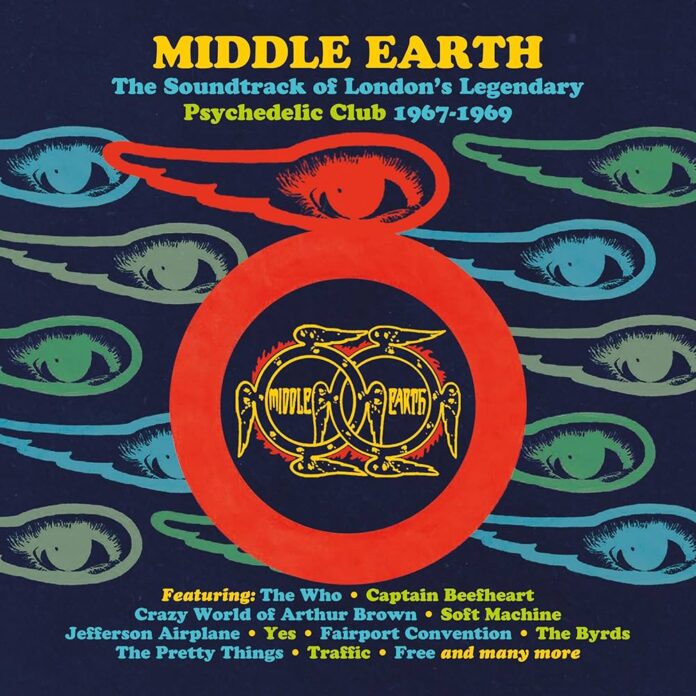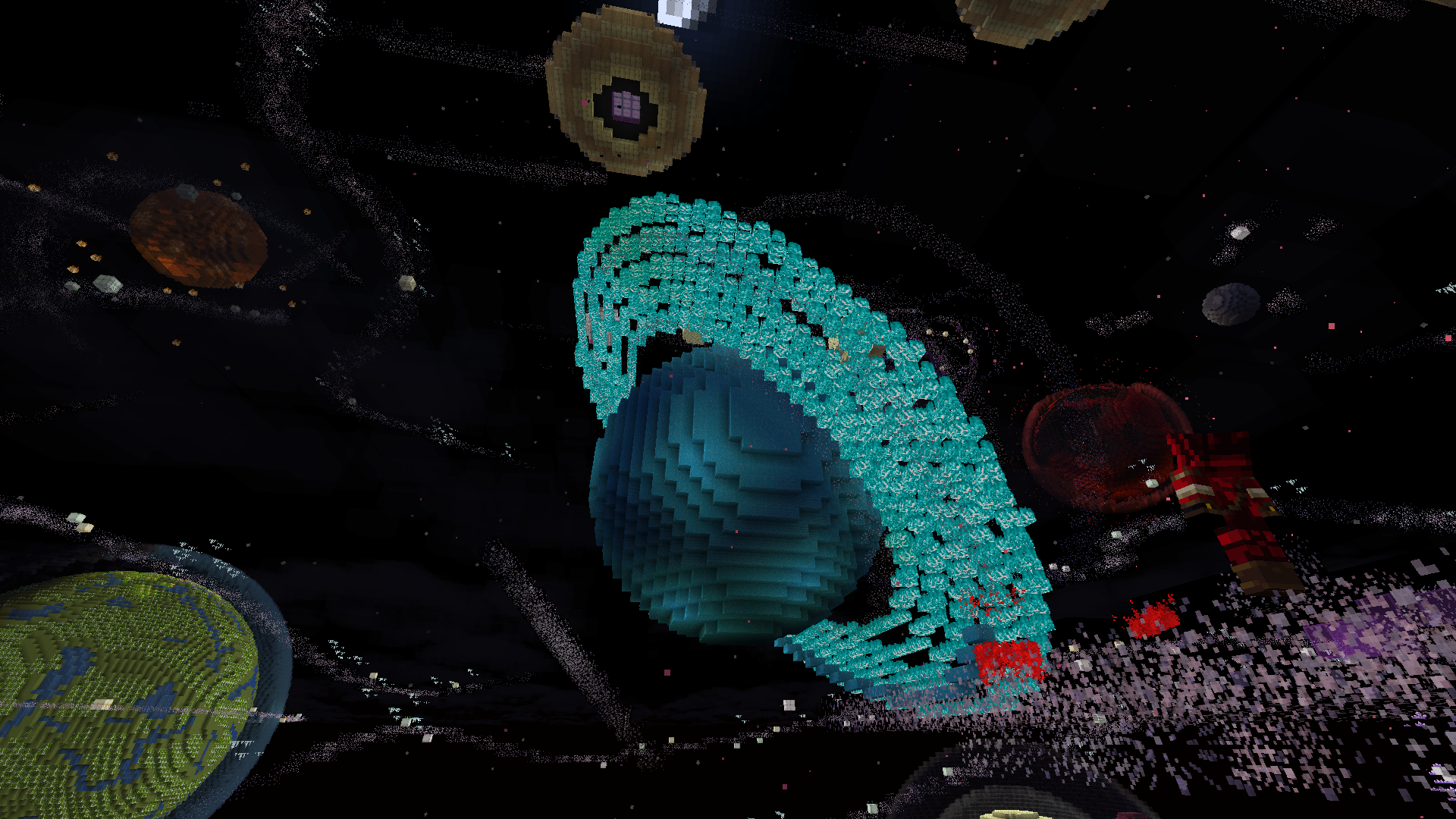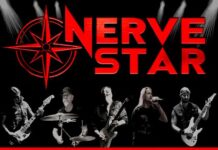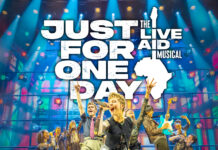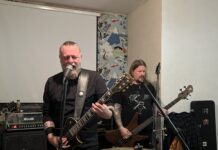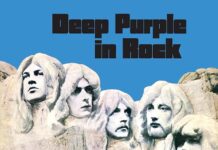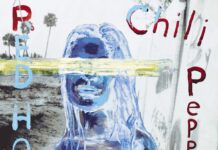64-TRACK, 3CD COLLECTION FEATURING THE HALCYON DAYS OF THE LEGENDARY LONDON VENUE.
Middle Earth, formerly the Electric Garden, for an all-too short period in the mid-late 1960s was possibly the most exciting hippie club in London. Though like the UFO club, its lifespan was a brief one as it closed down in 1968 after yet another police raid. But, as a venue, it’s a revered spot in London’s underground music history, alongside The Roundhouse, UFO and the Marquee club.
Based in King Street, WC2, until it relocated to the Roundhouse, its clientele were mostly young people who revelled in the freedom such venues provided to get stoned; the clubs lifespan mirroring the increased usage of drugs by younger people who listen to ‘out there’ sounds. Music was provided between band sets by top ‘underground’ DJs Jeff Baxter and John Peel, when the club wasn’t staging poetry readings, dance recitals or screening avant-garde films. If UFO was exotic, then Middle Earth was ‘breathtakingly eccentric,’ held in a basement in Covent Garden when it was still a market, it was a decent goal kick’s distance from the Opera House, and one of the more iconic sights of 1960’s London was, on the run-in to midnight, seeing well-dressed opera fans going into the tube station and passing strangely attired young people heading out in the opposite direction.
The main attraction of Middle Earth was, of course, the sheer variety of acts who performed there during the period, many of which constituted a ‘who’s who’ of the mid 1960’s underground .. Pink Floyd (with Syd Barrett), The Who, Roy Harper, Arthur Brown, The Yardbirds (with Jimmy Page), Fairport Convention, The Pretty Things and Tyrannosaurus Rex (with Marc Bolan), who made their ‘live’ debut there, to name a few. In fact, any band who was ‘anyone,’ or who had aspirations to be ‘somebody,’ had to play at Middle Earth, and be accepted by the in-crowd which comprised the venue’s core audience.
Some bands absolutely epitomised the period covered by this collection, including Soft Machine, (with Ayres and Wyatt), The Deviants and the Edgar Broughton band, all of whom achieved legendary underground status, even if not public acceptance. Whereas some bands were just ‘too weird,’ such as the Sam Gopal Dream (with a young Lemmy in the line-up) and the Third Ear band. Several bands who performed at the venue included members who went on to achieve fame in other bands, such as Dantalion’s Chariot (Andy Summers), Graham Bond Organisation (Jack Bruce/Ginger Baker) and The Riot Squad (David Bowie). Other bands changed their name and achieved mainstream success, such as Mabel Greer’s Toyshop who became Yes, whereas others changed out of all recognition and achieved international legendary status, like Fleetwood Mac.
The importance of Middle Earth as a venue can be gauged from the fact several major US bands, notably The Byrds (with Gram Parsons), Capt Beefheart and the Electric Prunes, chose to make their UK debuts at Middle Earth.
One of the more interesting aspects about this stellar collection is that, while there are several big names included and some well-known songs, what’s been selected isn’t necessarily one of their more well-known songs. ‘Sweetness’ from Yes, Family’s ‘Good Friend of Mine’ and ‘Drinking Muddy Waters’ by The Yardbirds are tracks which wouldn’t always be included in any ‘best of’ collections. There’s also a range of tracks from bands who wouldn’t usually be considered as Middle Earth type bands, but who made songs which fit in with the times, notably ‘Uncle Joe The Ice Cream Man’ by The Mindbenders (sung by pre-10CC Eric Stewart), ‘Yesterday Today and Tomorrow’ by The Small Faces and The Eclection’s ‘Mark Time’.
Middle Earth has a claim to be the definitive collection of those bands who either graced the stage at the venue, either in Covent Garden or when it relocated to The Roundhouse. Such as Jefferson Airplane, who were an integral part of the 1960’s underground Milieu in whatever form. It comes with a 40 pages booklet detailing each act, with a fascinating history of the times written by Jon Newey. And whilst some may argue whether X or Y band or artist deserves a place on this collection, as they weren’t ‘far enough out there,’ few if any will go away disappointed after hearing the music available on this sparkling collection of tunes. So, if you were ‘there’ in the sixties but don’t remember it, here’s a timely reminder. And if, like this reviewer, you weren’t there but would love to have been, here’s what you missed.

